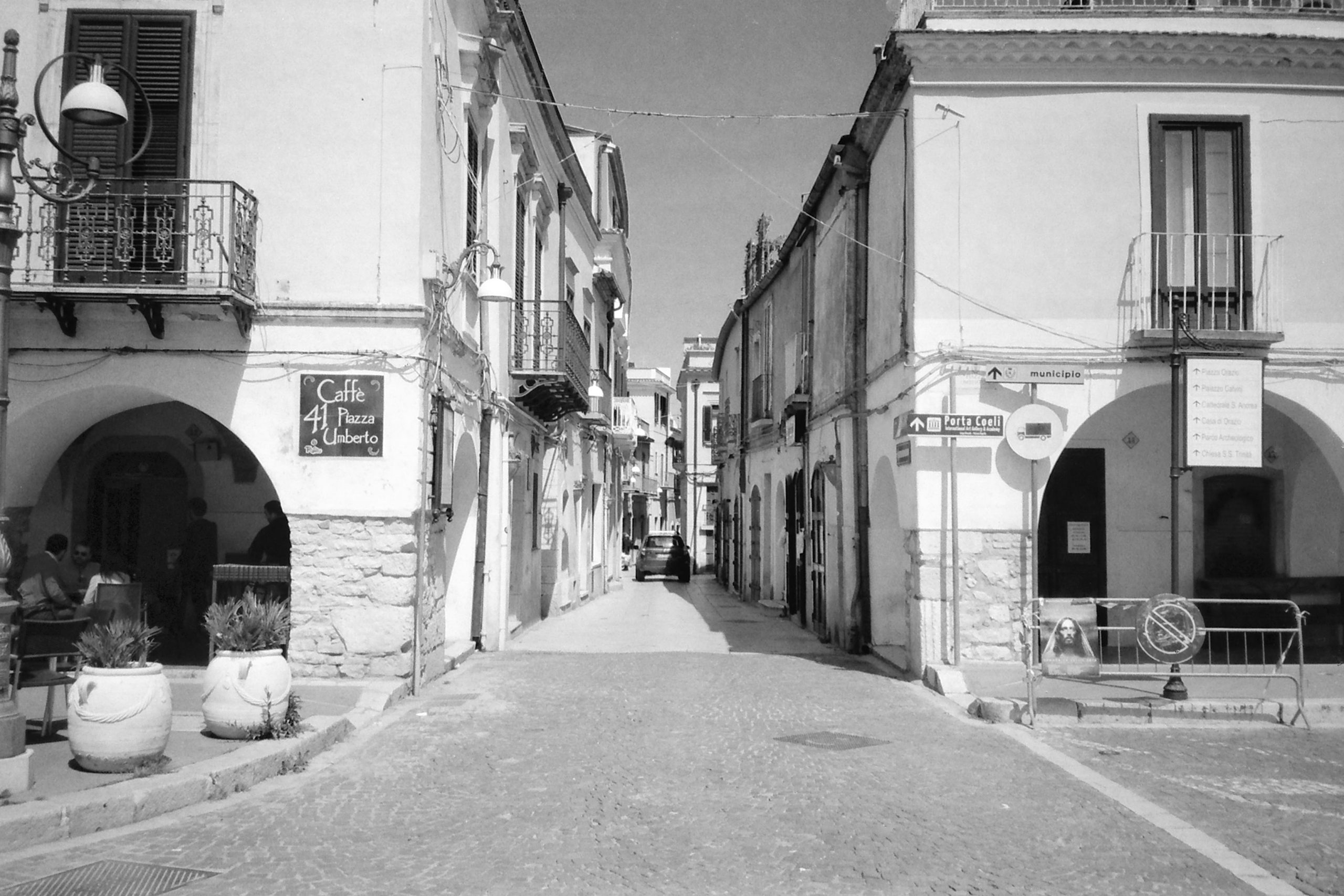Both the imperfetto and passato prossimo are used to describe past events. However, they are used in different situations. The passato prossimo is used when the action is completed, happened once, and has a definite starting and ending point. The imperfetto, on the other hand, is used to describe an ongoing or repeated action in the past that lasted for an indefinite period of time without a definite start or end. It emphasizes the continuity or repetition of the action.
When to Use Passato Prossimo
Passato prossimo is used to describe past actions with a time reference. The action you’re describing is not a repeated action, but it happened at a specific time, and you know when it started and ended.
For example:
| Due anni fa ho partecipato ad una competizione sciistica | Two years ago I participated in a ski competition |
| Ieri sera ho guardato un bel film | I watched a good movie last night |
| La scorsa estate sono andato in Italia | Last summer I went to Italy |
| Lo scorso weekend sono stato al mare | Last weekend I was at the beach |
Common time expressions used with ‘passato prossimo‘
| Ieri, ieri sera, l’altro ieri | Yesterday, last night, the day before yesterday |
| Due anni fa, 10 anni fa | Two years ago, 10 years ago |
| L’anno scorso, il mese scorso, la settimana scorsa | Last year, last month, last week |
When to Use Imperfetto
The are three main uses of the imperfect tense in Italian
1.
The Italian imperfetto is used to describe actions or states in the past that were continuous or repeated without a specific end point. This includes events from different periods in a person’s life (such as childhood experiences, school experiences) daily routines, or more generally long-term habits (e.g. what you used to be or to do when you were in your thirties).
| Quando andavo l’università*, passavo molto tempo in biblioteca | When I was in school, I spent a lot of time in the library |
| Quando avevo vent’anni*, vivevo in appartamenti condivisi | In my 20s, I lived in shared flats |
| Quando ho cominciato a lavorare, non guadagnavo molto* [I was not earning much] | When I started working, I didn’t earn much |
2.
The Imperfetto is also used to contrast past and present states or actions. In these cases, it is often introduced by the adverb “prima” which means “before.”
| Prima, le persone guardavano i film in TV, adesso guardano i film su Netflix | Before, people used to watch movies on TV, now they watch movies on Netflix |
| Prima, i bambini giocavano fuori in strada, adesso giocano con i videogiochi | Before, children used to play outside in the street, now they play video games |
You might also use the imperfetto to describe how things were in the past and then use the passato prossimo to describe a specific event that happened and changed things, creating a contrast between past and present.
| Prima, giocavo a calcio ogni pomeriggio. Poi, ho rotto la gamba e ho dovuto smettere | Before, I used to play soccer every afternoon. Then, I broke my leg and had to stop. |
3.
The imperfect tense is also used to describe people, objects, situations, or places in the past.
| Maria era una bambina allegra e vivace. Viveva in una casa piccola con i suoi genitori, che erano entrambi medici all’ospedale centrale di Roma. Aveva un piccolo criceto come animale, perché la sua casa era molto piccola | Maria was a cheerful and lively little girl. She lived [she used to live, she was living] in a small house with her parents, who were both doctors at the central hospital in Rome. She had [used to have] a small hamster as a pet, because her house was very small. |
Note that ‘she/he/it was’ and ‘they were’ are almost always translated respectively to ‘era’ and ‘erano’.
Common time expressions used with imperfetto:
Some time expressions indicate that an action was regularly repeated in the past, and therefore we tend to use them with the imperfetto.
| Ogni mattina / ogni settimana / ogni mese | Every morning / every week / every month |
| Regolarmente / solitamente / di solito | Regularly / usually / typically |
| Quando avevo “x” anni | When I was “x” years old |
| Sempre | Always |
| Tutti i giorni / tutti i mesi / tutti gli anni | Every day / every month / every year |
How to Translate the Imperfetto in English
In English grammar, it can be translated as the past continuous tense, used to describe a past action that was ongoing or repeated at a specific time in the past. For example, “I was studying” or “I used to live” or “I would go” (when used in the the past).
So, for example, “vivevo”can be translated into English, like:
- I used to live…
- I would live…(in the past)
- I was living
Use of Passato Prossimo and Imperfetto in the same sentence
It’s common in Italian to encounter the use of the passato prossimo and the imperfetto in the same sentence. This is normal in Italian because, both
Imperfetto + passato prossimo
“When both the passato prossimo and the imperfetto are employed within a single sentence, the passato prossimo typically portrays the primary event, while the imperfetto sets the background or context for that event. In essence, the imperfect tense conveys the ‘ongoing action,’ while the passato prossimo narrates the main event. Such sentences are commonly introduced by ‘mentre,’ which translates to ‘while,’ followed by the use of the imperfect tense.
For example:
| Mentre lavoravo al computer, ho ricevuto una chiamata dal mio capo | While working on the computer, I received a call from my boss. |
In the above sentence “mentre lavoravo” is the background or setting of the main event which is “il mio capo ha chiamato”.
| Stavo andando al mercato a piedi, quando ha cominciato a piovere e sono dovuto ritornare a casa | I was walking to the market when it started to rain, and I had to go home. |
In the above sentence “stavo andando al mercato” is the setting, while “ha cominciato a piovere” and “sono dovuto ritornare a casa” are the main events.







